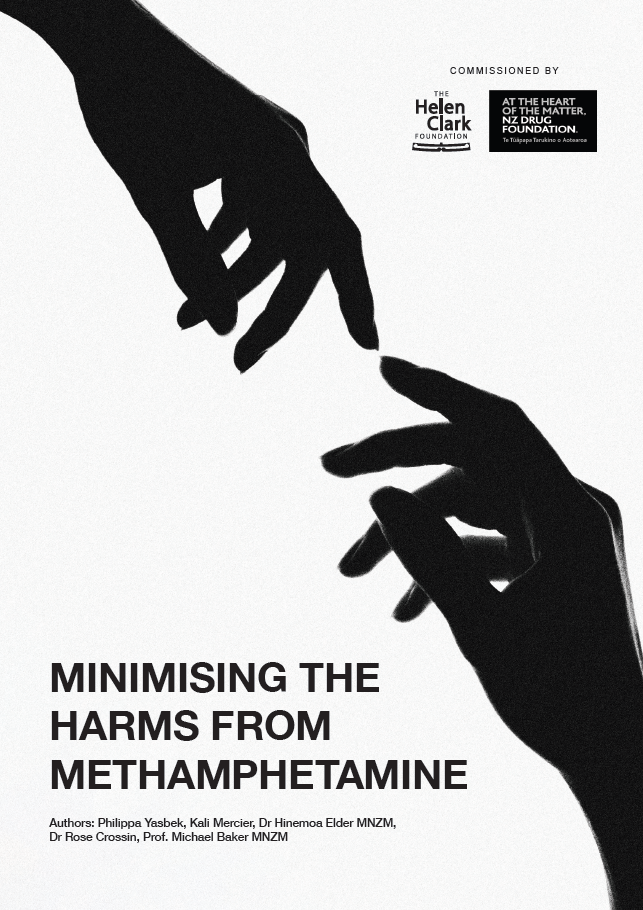Report in partnership with the New Zealand Drug Foundation.
Harmful methamphetamine use has become a serious and intractable health issue in Aotearoa New Zealand over the past 20 years, and it is the country’s most feared and stigmatised substance. While Aotearoa New Zealand has turned increasingly towards a health-based approach to drug use over the past several years, until now no comprehensive analysis has been undertaken about what that might look like in the context of methamphetamine use. This paper aims to address that, and to start a conversation about how we can move beyond a status quo that is failing to address the harms experienced in our communities from methamphetamine use.
The paper begins by providing an overview of how methamphetamine is used, by whom and why, how big the market is, what the harms are that it causes, and how it is currently regulated. We then recommend how we can reduce those harms by better implementing what the evidence tells us about how to lower demand and support people better using a mix of psychosocial, cultural, and pharmacological approaches.
While only around 1.2% of New Zealanders use methamphetamine each year, according to the New Zealand Health Survey, the relatively low overall number of users hides the significant health, social, and economic impacts of dependent use. To get on top of problematic methamphetamine use in Aotearoa New Zealand we need to increase the focus on innovative, and proven, ways to reduce demand. We also need to help people who experience methamphetamine addiction to extricate themselves from a toxic illicit market. People who are addicted often become trapped by debt and turn to dealing or other crime to support their own use.
By addressing both supply and demand from multiple different angles, and focusing on treatment, prevention, and harm reduction rather than criminalisation, the proposals we set out in this report could have a significant impact on the very real harms caused by methamphetamine in Aotearoa New Zealand.
A high resolution copy of the report can be accessed here.
SUPPORT OUR WORK
We are funded by our members and by donations – your support makes our work possible.
Read more